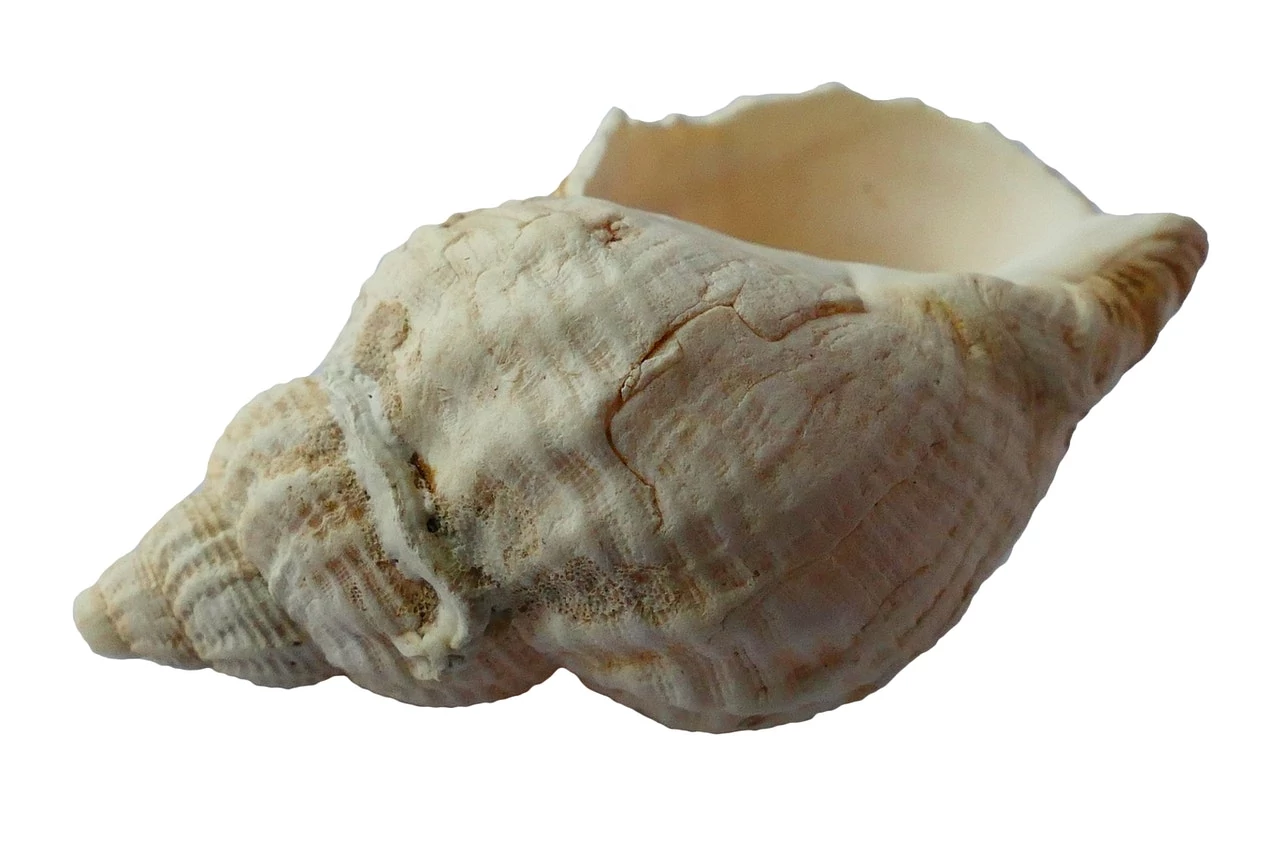
The Divine Code And The Golden Ratio in Nature
The Divine Code of Da Vinci, Fibonacci, Einstein, and YOU is a tour de force on over five thousand years of insights and applications into Nature’s Universal creation and growth pattern known as The Divine Code.
It’s Nature’s Universal Design Code.
It’s also the Code behind many of the greatest geniuses in history and their works. This Code illuminated Albert Einstein to the mysteries of the Universe at age 12 and so fascinated Leonardo Da Vinci that he encoded it within his greatest masterpieces. This ubiquitous Code appears in the design of Apple’s iPhone, the Great Pyramid, and in the works of Thomas Jefferson. It inspired the great American architect Frank Lloyd Wright, who embedded it in his timeless structures.
It guides the form and function, the structure and movement, of everything in the universe and it holds the secrets to great health, wealth, intimacy, and success beyond measure.
Now whether you believe this divine proportion is truly a mark of beauty or simply selection bias is up to you, but without a doubt, it is one of the most intriguing numbers in existence.
Explores the hidden yet in-plain-sight patterns of the Universe, which connect us all, provide clues to our destiny, and revolve around the Golden Ratio. This speaks to us at a visceral level, as the Golden Ratio is hardwired into the very structure and movement of matter and all life including ours.
Phi is Golden
Represented by the Greek letter phi (φ), the Golden Ratio is the irrational value:
Euclid and the Golden Ratio
In book 6 of The Elements, Euclid gives us the definition of the Golden Ratio.
He instructs us to take a line segment and divide it into two smaller segments such that the ratio of the whole line segment (a+b) to segment a is the same as the ratio of segment a to segment b.
Or equivalently as a proportion:
The Golden ratio is a special number found by dividing a line into two parts so that the longer part divided by the smaller part is also equal to the whole length divided by the longer part. It is often symbolized using phi, after the 21st letter of the Greek alphabet. In equation form, it looks like this:
a/b = (a+b)/a = 1.6180339887498948420 …
As with pi (the ratio of the circumference of a circle to its diameter), the digits go on and on, theoretically into infinity. Phi is usually rounded off to 1.618. This number has been discovered and rediscovered many times, which is why it has so many names — the Golden mean, the Golden section, divine proportion, etc. Historically, the number can be seen in the architecture of many ancient creations, like the Great Pyramids and the Parthenon. In the Great Pyramid of Giza, the length of each side of the base is 756 feet with a height of 481 feet. The ratio of the base to the height is roughly 1.5717, which is close to the Golden ratio.
The Golden ratio also appears in all forms of nature and science.
Some unexpected places include:
Flower petals: The number of petals on some flowers follows the Fibonacci sequence. It is believed that in the Darwinian processes, each petal is placed to allow for the best possible exposure to sunlight and other factors.
Seed heads: The seeds of a flower are often produced at the center and migrate outward to fill the space. For example, sunflowers follow this pattern.
Pinecones: The spiral pattern of the seed pods spiral upward in opposite directions. The number of steps the spirals take tends to match Fibonacci numbers.
Tree branches: The way tree branches form or split is an example of the Fibonacci sequence. Root systems and algae exhibit this formation pattern.
Shells: Many shells, including snail shells and nautilus shells, are perfect examples of the Golden spiral.
Spiral galaxies: The Milky Way has some spiral arms, each of which has a logarithmic spiral of roughly 12 degrees. The shape of the spiral is identical to the Golden spiral, and the Golden rectangle can be drawn over any spiral galaxy.
Hurricanes: Much like shells, hurricanes often display the Golden spiral.
Fingers: The length of our fingers, each section from the tip of the base to the wrist is larger than the preceding one by roughly the ratio of phi.
Animal bodies: The measurement of the human navel to the floor and the top of the head to the navel is the Golden ratio. But we are not the only examples of the Golden ratio in the animal kingdom; dolphins, starfish, sand dollars, sea urchins, ants, and honeybees also exhibit the proportion.
DNA molecules: A DNA molecule measures 34 angstroms by 21 angstroms at each full cycle of the double helix spiral. In the Fibonacci series, 34 and 21 are successive numbers.
This harmony and proportion have been recognized for thousands of centuries: from the Pyramids in Giza to the Parthenon in Athens; from Michelangelo’s The Creation of Adam on the ceiling of the Sistine Chapel to Da Vinci’s Mona Lisa; and from the Pepsi logo to the Twitter logo. Our bodies and faces even follow the mathematical ratio:
In fact, our brains are seemingly hard-wired to prefer objects and images that use the Golden Ratio. It’s almost a subconscious attraction and even tiny tweaks that make an image truer to the Golden Ratio have a large impact on our brains.
Consider yourself in excellent company—that of Da Vinci, Fibonacci, Einstein, Pythagoras, Plato, Kepler, Watson, Crick, and Franklin—and of countless other Divine Code geniuses throughout history. What separates them from you is only one thing––their Divine Code genius potential was activated. The key to activating your Divine Code genius potential is easily accessible if you are open to it.